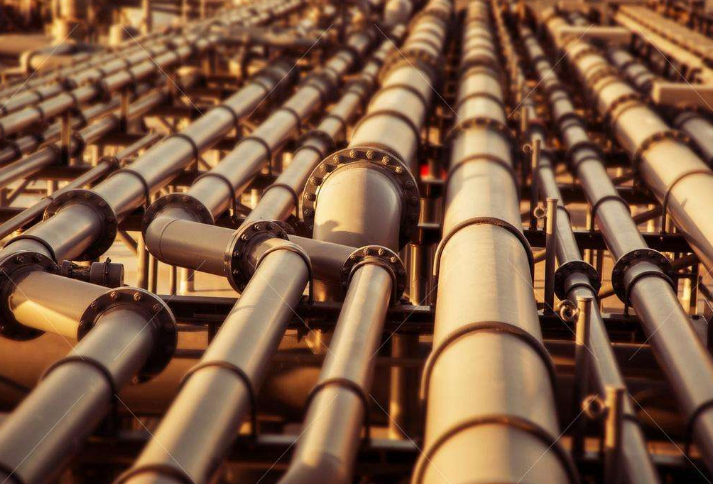
Oil and gas pipeline leakage monitoring technology
With the rapid development of the economy, the demand for energy, especially oil and gas resources, is increasing in society. In energy strategy, the construction and development of oil and gas storage and transportation are related to the strategic overall situation of providing long-term, 厩, economical, and safe energy security for economic construction and social development. Pipeline transportation is the fifth largest transportation mode after highways, railways, waterways, and air transportation, and its development status directly reflects the level of a country’s transportation industry. The monitoring technology for pipeline leakage has become a research hotspot for scientific and technological workers.
既存の技術では, mechanical pressure gauges are usually used for measuring fluid pressure in pipelines. During measurement, a measuring pipeline is formed by connecting several branch pipe fittings, manual valves, and interface conversion flanges in sequence between the mechanical pressure gauge and the measurement hole position of the pipeline. The connection sealing between the various components of the measuring pipeline is often a high-risk area for leakage, which can cause economic losses and potential personal injury once leaked. 同時に, the measurement error of mechanical pressure gauges is large, and the real-time measurement performance is poor. Nowadays, real-time and accurate detection of pipeline leaks is achieved through fiber optic distributed acoustic センサー (DASの). その中で, the commonly used phase sensitive optical time-domain reflectometer based pipeline monitoring technology has the following drawbacks:
There is a contradictory relationship between spatial resolution and sensing distance: the shorter the duration of the detection light pulse, the higher its spatial resolution. しかし, this will lead to a decrease in pulse energy, a decrease in the signal-to-noise ratio of Rayleigh scattering light, and a deterioration in both sensing distance and measurement sensitivity;
The coherent fading noise caused by the interference between Rayleigh scattered light can affect the detection ability of sensors. In DAS systems based on fiber optic sensing technology, various solutions to remove coherent fading noise will be accompanied by a decrease in other performance (such as frequency response and spatial resolution). The oil and gas pipeline leakage monitoring system based on fiber optic technology applies high-performance 分散型光ファイバー acoustic sensing technology and wavelet denoising algorithm to the detection of gas pipeline leaks. The spatial resolution is determined by the scanning range of the detection light signal and is independent of the duration of the light pulse, thus solving the contradiction between spatial resolution and detection distance in traditional technology. It can achieve meter level high spatial resolution, 高感度, and long sensing distance, while removing the influence of environmental noise, significantly improving the detection sensitivity of weak leakage signals.
The characteristics of distributed fiber optic sensing technology
Distributed fiber optic sensors are widely used in pipeline leakage monitoring technology due to their wide sensing space range, the same optical fiber for sensing and transmission, simple system structure, convenient use, low cost of signal acquisition per unit length, and high cost-effectiveness. In traditional fiber optic distributed acoustic monitoring systems, the backscattered Rayleigh signals between different unit lengths on the sensing fiber are used as the carrier of the sensing signal, further completing the phase change analysis of the sensing signal at the corresponding position to measure the sensing signal. しかし, due to the very weak backscattered Rayleigh scattering signal and environmental noise easily changing the polarization state of light during transmission, the sensing signal is submerged in the noise signal, causing the system to be unable to demodulate the corresponding sensing signal.
FJINNO specializes in the research and development of various fiber optic sensing systems, widely used in aerospace, petroleum, 橋, dams and other fields. Fiber optic grating strain sensors, fiber optic grating displacement sensors, fiber optic grating tension sensors, fiber optic sensing systems, urban pipe gallery monitoring, online monitoring of pipe galleries, affordable prices, safety and reliability, fiber optic sensing systems, underground pipe gallery monitoring systems, comprehensive pipe gallery detection, providing safe and reliable monitoring solutions.
光ファイバー温度センサ, インテリジェント監視システム, 中国の分散型光ファイバーメーカー
 |
 |
 |
 INNO光ファイバー温度センサー ,温度監視システム.
INNO光ファイバー温度センサー ,温度監視システム.
